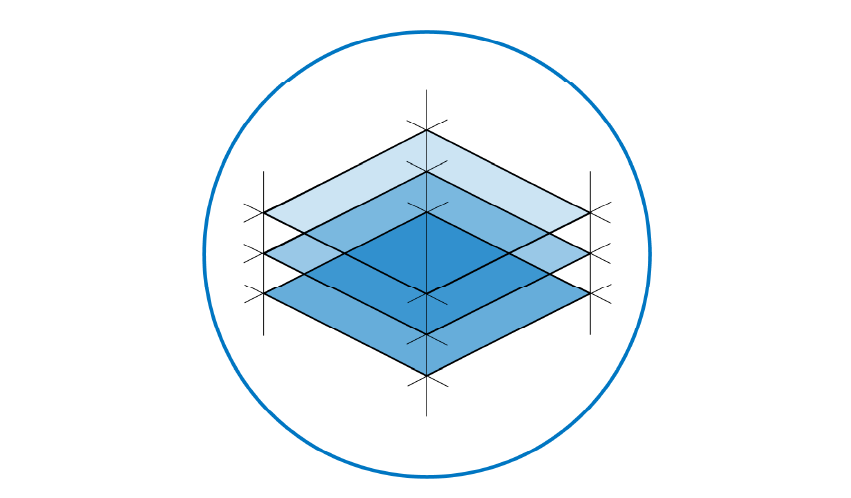Structural Design Essentials#
The Structural Design Essentials is an online textbook with information helpful for structural design projects in education or in reality. It has the following structure:
General design info: the design process broken down in substeps, information about loads from Eurocode, helpful structural mechanics solutions for hand calculations, drawing conventions
Basic properties: material comparison and construction types, environmental impact, costs information, material characteristics and common structural elements in concrete, steel and timber
Design guidelines: typical construction types and dimensioning guidelines per material
Calculation examples: good practice for set-up of a design calculation
Drawing examples: a collection of examples of educational and industry-standard drawings
The editors hope the SDE will continue to serve new generations of students and professionals with their daily work in designing civil engineering structures. We also hope that you as reader will contribute, so that frequent updates can be published. To that end, please use the info lower at this page, or directly link to our github environment.
Technicalities of Structural Design Essentials#
We make use of the Jupyter Book toolchain, of which the main components are:
The Teachbooks hosting platform
Github as platform to allow easy-access to and reuse of the open source material
MyST Markdown, the language for the text source, an easy-to-learn markup syntax
Editors#
This book is edited by:
Roel Schipper, project lead, maintenance of book [1]
The following Teaching Assistants were resonsible for most of the hands-on creation of this Jupyter Book:
Guus Meinema (former student MSc Civil Engineering)
Niels van Vliet (former student MSc Civil Engineering, now PhD researcher [3])
Minke van den Boogaard (former student MSc Architecture)
Authors who initiated or contributed to earlier versions of this SDE, the Infomap or Quick Reference, to whom we are greatly indebted, are: Leo Wagemans, Felix Soons, Sander Pasterkamp, Sjors van Es and B. van Raaij.
Funding#
The project was funded by the Open Education Stimulation Fund of TU Delft.
Please collaborate with us!#
If you find any mistakes, please let us know in this Microsoft Form. Also suggestions or additions are highly encouraged!
If you would like to collaborate by writing additional pages, but you don’t know where to get started, the following one page PDF explainer, might help you to get started. There is a direct link to our github, where you can edit after becoming part of our team. This would allow you to branch and make direct changes or corrections, commit and push. After that, we will process your proposed pull requests. Please mail us if you want access.
How to cite this book#
R. Schipper, S. Pasterkamp, A. Snijder, M. Schuurman, G. Ravenshorst, G. Meinema, N. van Vliet, M. van den Boogaart, Structural Design Essentials, Delft University of Technology, 2024 (download citation here as .ris file).
A little history…#
Structural Engineering educators in the Faculties of Civil Engineering and Geosciences (CEG) and Architecture and the Built Environment (A&BE) make extensive use of self-produced reference books containing drawing instructions, design tables, material properties, equations, examples of structural elements, examples of calculations for dimensionsing of structural elements, and professional design drawings.
Students use these reference books while participating in the many Structural Design classes at the faculties of CiTG and A&BE. In 2002, the “Info Map Constructieleer” was published by prof. Wagemans et al., in the format of a A4 ring binder which, over the years, has been used by thousands of students in structural design education since. Already at that moment, the Infomap was a continuation of earlier publications with similar content. In 2011, the content was updated, translated into English, and renamed to Quick Reference. In 2021 the large parts of the QR were used to create a similar resource at the Architecture faculty called ‘Vademecum voor draagconstructies van gebouwen’, further abbreviated here as VDM.
Until 2022, the QR and VDM were available as hardcopy and distributed by the VSSD shop, with copyrights remaining at the Faculty of CEG and A&BE. These old QR and VDM can be found here as PDF. The present Jupyter Book that you are reading now serves as design guideline that from 2024 onwards replaced Quick Reference (QR) and Vademecum (VDM).
